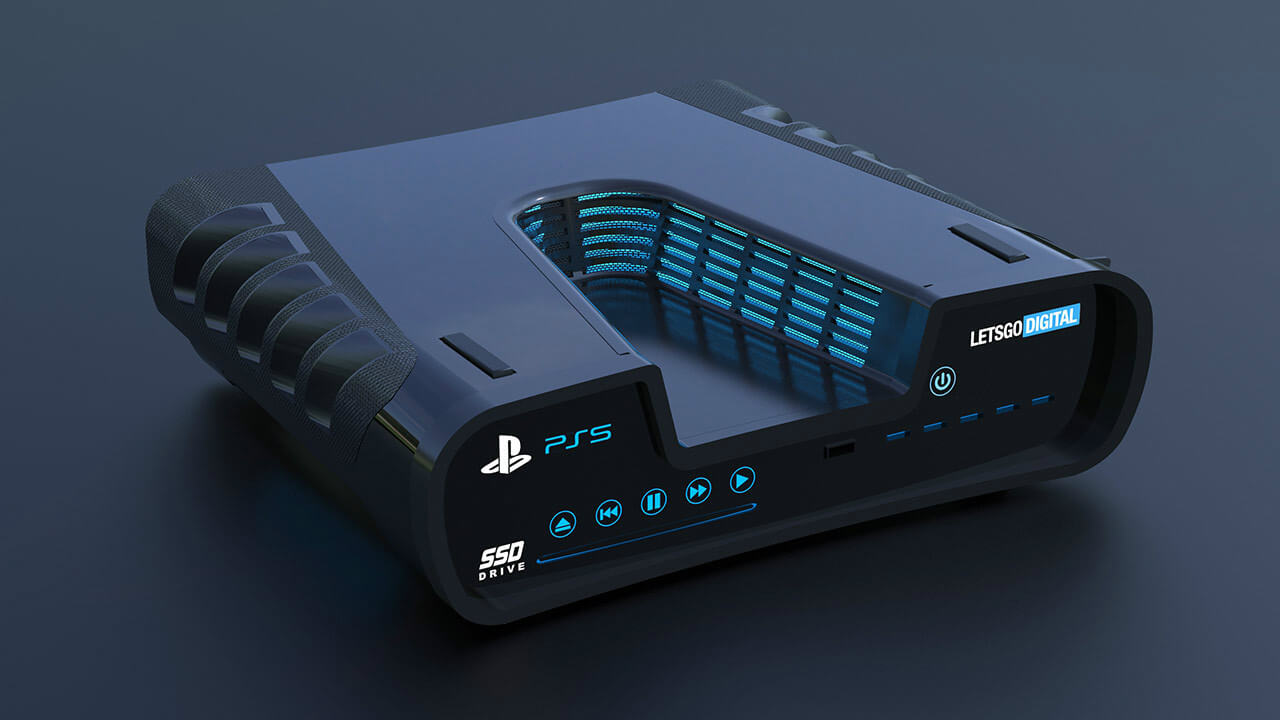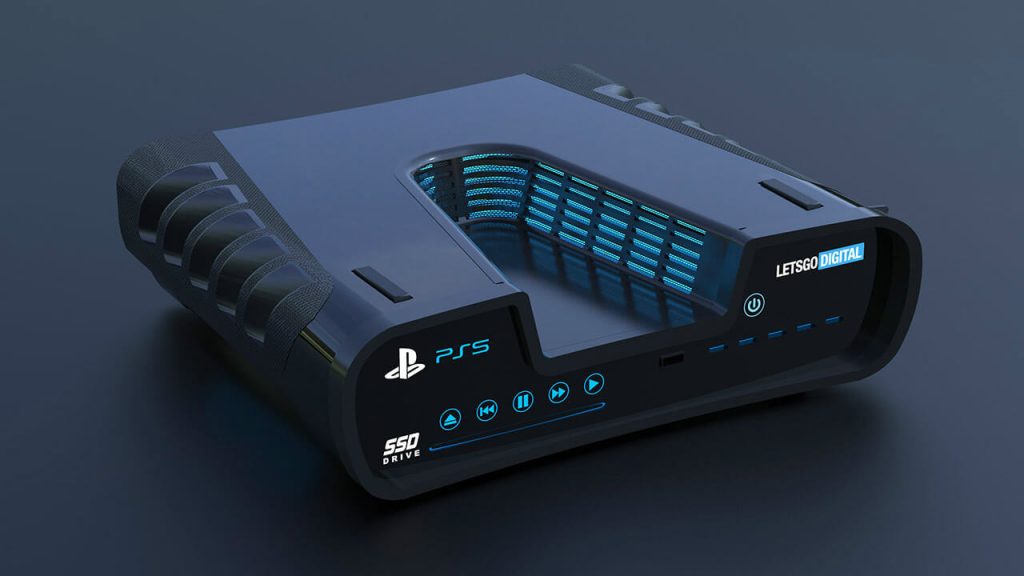We’ve said it before, but 2019 was not a great year for gaming.
We’d stop short of saying it was an awful year, but it was a weird one. Some of the biggest (or at least the best) games of the year were also some of the ones that not many people saw coming. Control, for instance, exceeded critical expectations (even as it apparently failed to meet sales expectations), Outer Wilds was a bold experiment in game design, and Star Wars: Jedi Fallen Order managed to overcome everything that is EA in order to be a pretty darn good game.
The year was won by a stellar (if largely underrated) Nintendo Switch lineup, indie titles, solid franchise installments, and some surprise hits. That may sound good, but two players were largely missing from the gaming scene this year: Microsoft and Sony. In fact, we’d go so far as to say that this was the worst year for exclusive title on either console since the start of this gaming generation.
Why was that? Well, there is a variety of contributing factors, but you kind of have to blame the PlayStation 5 and Xbox’s Project Scarlett.
As you probably know, Microsoft and Sony are almost assuredly planning to release their respective next-gen consoles in 2020. Most likely, they’re going to release them fairly close to each other. That means that both companies are (understandably) focused on preparing for the next gaming generation and the pressures and logistics that come with that.
It also means a few other things that aren’t necessarily good for consumers. It means that both companies are less focused on consoles that are currently the gaming centerpieces of millions of homes. It means that what the few remaining big games that are set to appear on both consoles are pushed to 2020 in an effort to maximize “last-gen” sales in a next-gen year (a historically common practice).
Mostly, though, it means that developers everywhere (especially first-party developers) are now more focused on the next generation. That’s how we typically end up with years like 2019 that feature a lot of backwash and leftovers.
Just look at the Switch’s 2019. It wasn’t nearly as impactful as the console’s debut year, but it still offered Switch owners an array of worthwhile exclusives and notable ports. Nintendo and its partners aren’t worried about the next generation; they’re currently living in it.
This cycle of console replacement typically results in years such as 2019 (2012 was a great example of this effect), but that’s kind of the point here. Years like 2019 remind us that it’s time to start thinking beyond console generations.
With new technologies and concepts like subscription services and even cloud gaming on the rise, it’s becoming more and more apparent that the idea of releasing a superior piece of hardware every several years is just an archaic concept. Even phone manufacturers and television manufacturers are starting to suffer from this. Alternatives aren’t quite where they need to be, but they’re advancing towards a sustainable (and believable) future faster than traditional consoles are.
Truthfully, nobody can quite be sure what the future of gaming looks like, but 2019 makes it pretty clear that the future of gaming has no place for more years where major companies are spinning their wheels. It’s bad for gamers, and it’s bad for companies who have to sometimes eat a calendar year as they split their attention between two generations. At a time when Triple-A gaming is becoming more and more generic due to the increased risk of taking risks, it’s becoming more and more absurd to ask studios to have to split their attention to such insane degrees.
At the end of the day, 2019 will prove to be a largely forgettable year in gaming. However, nobody should forget why it was so forgettable.




